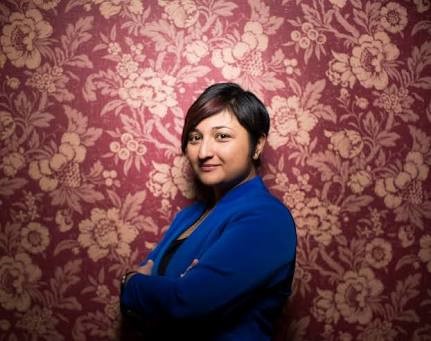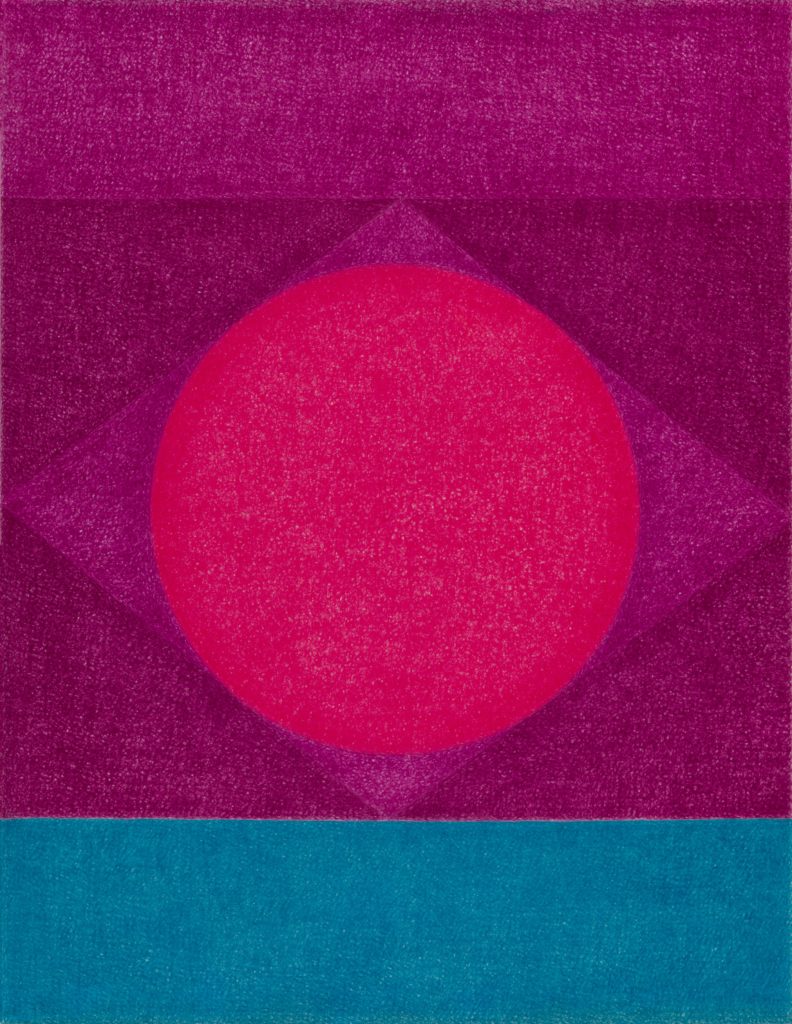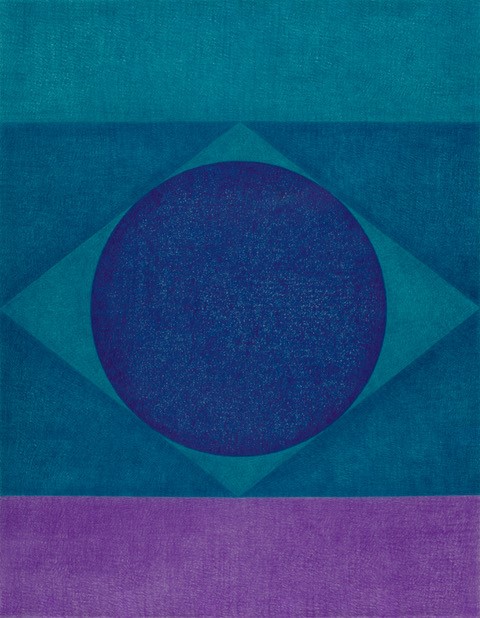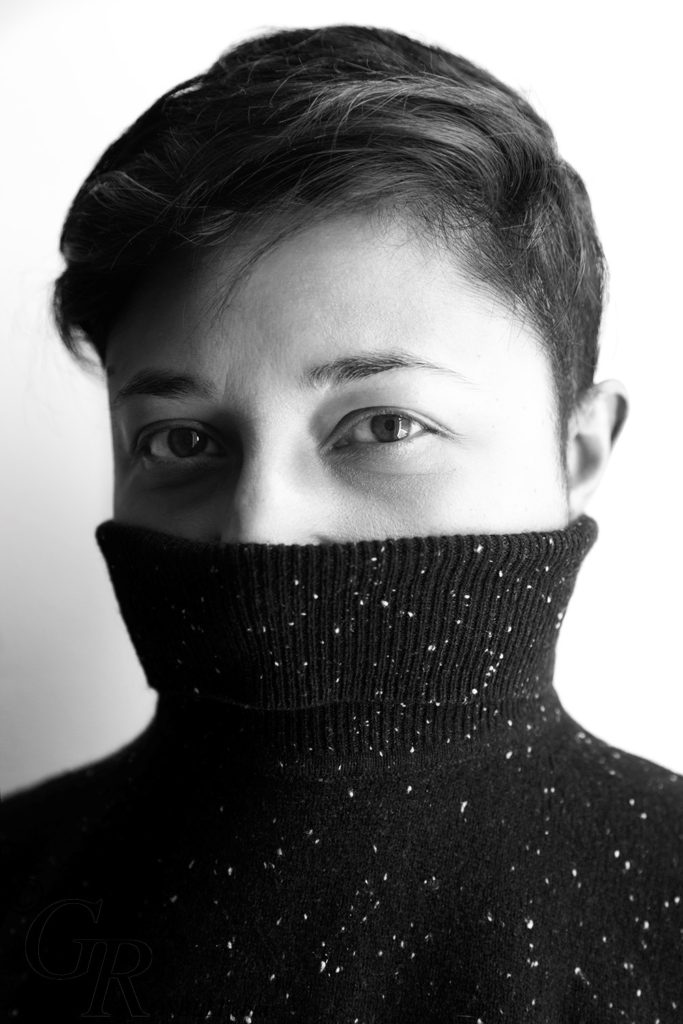
Stonewall 50 and Gay Pride – One on One with Sharmistha Ray
“We should never forget the roots of America’s Gay Liberation, which is the Stonewall riots of ‘69. My family immigrated to America from Kuwait in 1997. I was 18 and started college. I struggled with coming out publicly for many years. Being from an immigrant Indian family made it an exponential challenge. As Indians, we are raised to think about community first over our individual wants and needs. The queer community on campus provided a safe haven within which to share and explore my identity with others who were having similar struggles. I joined Pride rallies and got involved in campus activism.”
[dropcap]S[/dropcap]harmistha Ray, an artist and TED fellow, has memories of many Pride parades. She discovered the parade was about a different kind of community, friendship and support and that gave her courage. As she says, “The parade is a remarkable symbol of authenticity and freedom. We live in a bubble in New York, so it’s easy to forget that so many people around the world still live in the closet, out of fear. My greatest triumph has been to fully embrace my identity and bring it into my art, working professionally in the creative field for almost 15 years in Mumbai and New York. I’ve done it while being a queer woman from the subcontinent, no less.”
What does the Gay Pride parade signify to you personally and what thoughts are evoked by Stonewall 50?
The Gay Pride parade has become a joyous spectacle, awash with bright colors and smiling faces. While I am ecstatic about that, we should never forget the roots of America’s Gay Liberation, which is the Stonewall riots of ‘69. My family immigrated to America from Kuwait in 1997. I was 18 and started college. I struggled with coming out publicly for many years. Being from an immigrant Indian family made it an exponential challenge. As Indians, we are raised to think about community first over our individual wants and needs. The queer community on campus provided a safe haven within which to share and explore my identity with others who were having similar struggles. I joined Pride rallies and got involved in campus activism.

The parade is about community, empathy, friendship, sacrifice; it recalls the blood, sweat and tears, of lives lost and found, throughout our modern history from hate and discrimination, subjugation and intimidation, invisibility and shame, of AIDS, Stonewall and countless protests; and alternatively, of hope, coming out, acceptance and eventually the promise of happiness. It not only gives us license to celebrate ourselves, but we also honor all those sacrifices that have been made in our name. Through my art and writing, I am a part of that queer narrative. I grew up in a place where coming out was not an option, and it has shaped who I am as an artist and writer. It has also shaped my humanity and sense of justice. The parade is a remarkable symbol of authenticity and freedom. We live in a bubble in New York, so it’s easy to forget that so many people around the world still live in the closet, out of fear. Stonewall 50is a celebration of how far we have come, but it’s also a necessary act of solidarity.
Share a few memories of the challenges you and your partner had to face in the past?
Over the last decade, I have lived in India and America. I had to navigate very tricky social and cultural waters in India as it wasn’t accepting of alternate sexualities when I moved there in 2006. Later, it was only because I was working independently as an artist that I could be as open as I was about my sexuality; I didn’t have to answer to anyone. I felt it was important to be visible, because so few women were out of the closet. I knew my being out gave others courage. People would write to me and tell me that and that, in turn, gave me courage. Socially navigating life in India with a partner was one of the toughest things I’ve had to do. Society is not still conducive to allowing people to be who they are. America, on the other hand, has changed in leaps and bounds; at least in New York City. The conversation around gender and sexual identities is far more nuanced and evolved beyond the binaries of “gay” and “straight” or “male” and “female.”These societies (in America and India) are very different so perhaps it’s a little unfair to compare, but I do hope the internet and social media is allowing for a greater pace of change in India. The youth are far more exposed to what’s happening in the world. I believe everyone still looks to New York. It’s the birthplace of the Gay Liberation movement, so it’s a privilege to be here during Stonewall 50. The energy in the city is palpable.

What have been the triumphs for you?
My personal triumph has been to fully embrace my identity and bring it into my art. I have worked professionally in the creative field for almost 15 years in Mumbai and New York and I continue to challenge the status quo and bring my authenticity to my work. I’ve done it being a queer woman from the subcontinent, no less. Sometimes I look back and think “wow.” I’ve come a long way.

Finally – are we there yet? Or is it a rocky road still? What changes would you like to see in the next 5 years, both here and in India?
India won a massive victory when the Supreme Court struck down IPC 377, which had made homosexual acts unlawful, in 2018. I lived in Mumbai between 2006 and 2017, and saw seismic shifts in culture and society. In the beginning, I hardly knew any queer people, save a few gay activists who were out. Queer visibility was very low. There were a few underground parties that gay men attended, but rarely were women seen at these parties. India is very patriarchal. It felt unsafe being out and gay in those earlier days, let alone being an out gay woman. You ran the risk of being discriminated against at work, losing family inheritance, being socially isolated, or even renting an apartment.

By the time I left in 2017, the social scene in Mumbai had changed a lot. A few organizations, both NGOs and queer businesses like The Humsafar Trust and Gaysi Family, really helped to shift the needle by creating safe spaces. More people I knew, men and women, felt more comfortable being out. Gay and lesbian couples were more visible. But that said, India is a complex society bound by class and caste. I wonder what the trickle-down effect has been in the major metros and beyond. I hope in 5 years or less, India recognizes same-sex marriage: I feel that’s when things will really change because weddings are so important as a social rite of passage there. There’s also workplace discrimination which will be a key factor in the battle for justice. Parmesh Shahani has taken that on in the corporate sphere with great gusto. In 50 years, I hope gender and sexuality is no longer a talking point in India or America. If the climate crisis doesn’t get us first, I hope that love can be love, and people can be free to choose who they want to be and who they want to be with. Equal rights for everyone, no questions asked.
Finally, tell me about your work and how important it’s been to your life in America.
My art has enabled me to thrive spiritually, even while being queer and inter-sectional has come with major challenges and upheavals. I make large, abstract paintings that are about harnessing the beauty of nature and transmitting that through color and texture into emotion. They are vibrant with life and sexuality. I also make conceptual works that address gender and sexuality in more direct ways, but my heart is in painting. It’s the place I feel happiest and in my flow state. That’s the gift of artistic expression. If you can inhabit that state every day, nothing else matters. You’ve already won.

(The Cosmic Earth series was first shown at Open Studios at the Elizabeth Foundation for the Arts, New York in October 2018, in conjunction with Asia Contemporary Art Week. A selection was then shown at the Untitled Art Fair in Miami, during Art Basel Miami Beach in December 2018, and at the India Art Fair in New Delhi by Emami Art in January 2019. Since then , a selection was published in the official Art Basel magazine, Modern Luxury, this month December 2019. Check out http://sharmistharay.com/ )
